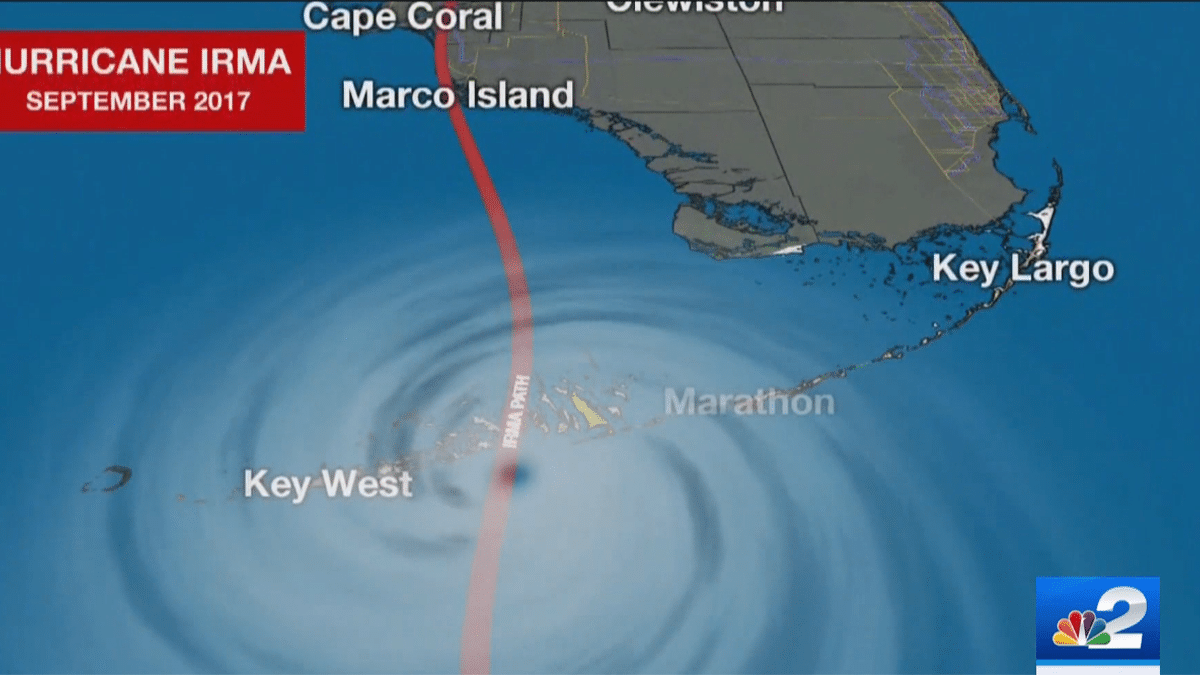Florida’s Key Deer face tough road during hurricane season
Florida’s Key deer, also known as the Key West deer, are one of the smallest subspecies of the North American white-tailed deer. Endemic to the Florida Keys, these deer are known for their delicate build and small size. Despite their unique characteristics, the Key deer face tough challenges during hurricane season, which puts their survival and habitat at risk.
The threat of hurricanes to Key deer population
Florida’s Key deer face a unique set of challenges during hurricane season. Being a small and delicate species, these deer are at high risk of injury, disease, and habitat loss during the devastating storms. Hurricanes bring strong winds, heavy rain, and flooding that can destroy the Key deer’s habitats, which consist of mangrove swamps and wetlands.
Moreover, hurricanes can cause saltwater intrusion, which increases the salinity of the water, making it unsuitable for the Key deer to drink. This, in turn, can lead to dehydration, which weakens the deer’s immune system and makes them vulnerable to diseases.
The impact of habitat loss on Key deer survival
Habitat loss is one of the most significant threats facing the Key deer population. Hurricanes and other natural disasters can cause significant damage to the mangrove swamps and wetlands where the deer live. Furthermore, human activities such as development and urbanization have led to the fragmentation and destruction of the Key deer’s habitat.
As a result of habitat loss, the Key deer population has decreased dramatically over the years. In the 1950s, there were estimated to be more than 50,000 Key deer. However, by the 1980s, their numbers had dropped to less than 600 due to habitat loss and hunting. Fortunately, conservation efforts, including the establishment of the National Key Deer Refuge and other protected areas, have helped the Key deer population recover. However, the ongoing threat of habitat loss, compounded by the impact of hurricanes, still puts their survival at risk.
The role of conservation efforts in protecting Key deer
Conservation efforts are critical in protecting the Key deer population and their habitat. The National Key Deer Refuge, established in 1963, is a vital conservation area that protects a significant portion of the deer’s habitat. The refuge includes large tracts of mangrove swamps and wetlands, which provide essential food and shelter for the deer.
The refuge also helps to manage and monitor the Key deer population, ensuring that their numbers remain stable. In addition, conservation efforts in the Florida Keys have focused on controlling human activities that can harm the Key deer, such as restricting access to sensitive areas and enforcing speed limits on roads.
The need for hurricane preparedness for Key deer conservation
In addition to conservation efforts, hurricane preparedness is another critical factor in protecting the Key deer population. The National Key Deer Refuge, along with other organizations and agencies, has created a hurricane preparedness plan that focuses on protecting the deer and their habitats during the storm.
The plan includes measures such as securing infrastructure and equipment, monitoring storm progression, and identifying suitable shelters for the deer. In addition, the plan includes provisions for post-storm recovery, including habitat restoration and disease prevention.
Working together to protect Key deer during hurricane season
Protecting the Key deer during hurricane season requires collaboration between various organizations and agencies. The National Key Deer Refuge works with local government agencies, disaster response teams, and other stakeholders to ensure a coordinated response to hurricanes. In addition, private organizations such as the Florida Keys Wildlife Society (FKWS) play a vital role in raising awareness and funding for Key deer conservation efforts.
Moreover, public education and outreach are essential in protecting the Key deer population. By raising awareness about the threats facing the deer and the importance of conservation, individuals can become advocates for the Key deer and contribute to their protection.
Conclusion
Florida’s Key deer face numerous challenges during hurricane season, from habitat loss to disease and injury. However, conservation efforts, Hurricane preparedness, and collaboration between organizations and agencies are critical in protecting the Key deer during these difficult times. As individuals, we can play a significant role in contributing to Key deer conservation by supporting organizations such as the National Key Deer Refuge and the Florida Keys Wildlife Society. By working together, we can help ensure the survival of this unique and precious species for future generations.




































